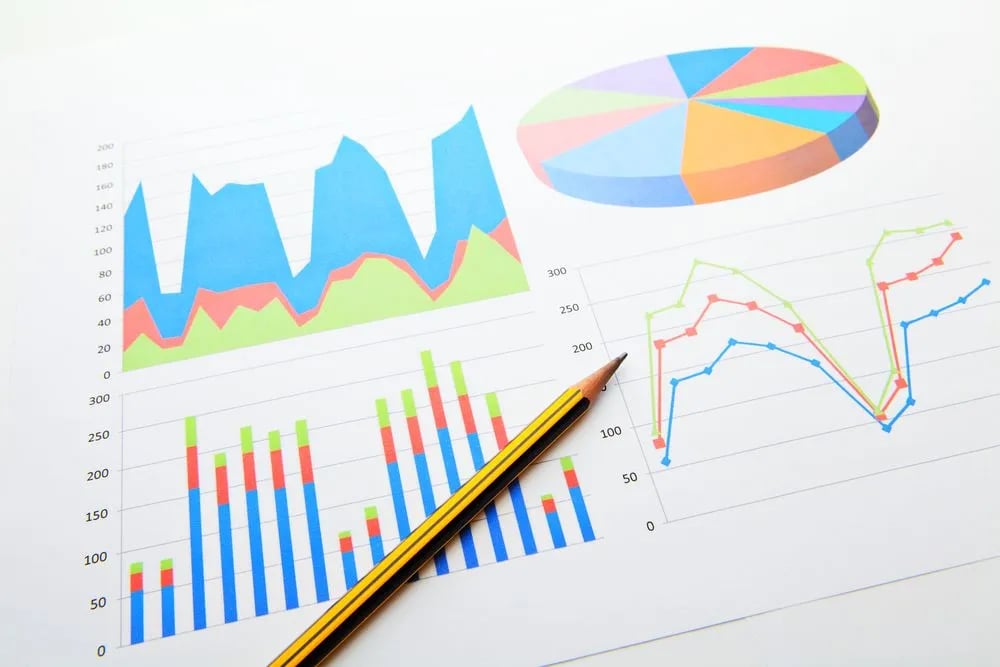Our engineers will review the existing procedures of technological research and development and compare them with agreed benchmarks to assess the current situation.
With the reviews and assessments of the current energy systems, NY Engineers will quantify all the economic concerns that the business entity currently faces.
The primary objective of our team is to reduce energy consumption and costs for our clients which helps them to achieve the triple bottom line.

Energy analysis of any business entity involves the assessment and evaluation of various energy technologies that the business uses. The focus is kept on both energy demand and energy supply. Our engineers use different types of methodologies and techniques to assess and evaluate the energy systems. These include thermodynamics, energy conversion & extraction, services & demands, social context & energy markets, energy chains, and management, gauging energy efficiency, and working on a variety of energy scenarios including renewable energy and efficient use of it.
We are one of the fastest growing MEP design firms in the construction industry. We pride ourselves on having a fast turnaround while providing cost effective solutions. We are licensed in 50 states and are your one stop shop for all MEP design needs.
We are licensed in all 50 states!
We design to the perfection
Enjoy our lightening fast turnaround
We have completed so far!
Our designs are approved by DOB in one go
The best service experience in the market
Energy analysis contributes a lot towards a business entity’s social and environmental responsibility as well its long term sustainability. Getting a high energy rating also creates a better image. It is an environmental requirement as well to utilize the resources carefully. There are various tools that our engineers can use to assess your faculty’s current energy demand and supply. These tools can provide very helpful information and insights on future energy implications of your boiling.
At NY Engineers, we have developed an organizational culture of effective communication and mutual collaboration. This collaboration is not only between the two parties but within the organization as well. These partnerships enable us to understand the requirements of our clients and deliver the required performance.
There are various tools that are used for the purpose of energy assessment and evaluation. Our team of technical experts has specialized in a number of those tools. They have an experience that spans over decades working with these tools so they exactly know what they are doing. It also makes them highly competent in addressing various issues while working with an array of key performance indicators.
The best part is most of these tools and models are universally applicable on a variety of projects that can be characterized by regional, global, project-based or local levels. The NYE tools include a long list of models that are developed for the purpose of assisting energy professionals or consumers.
BITES
BITES stands for Building Industry Transportation Electricity Scenarios. This model deals with the changing trends in the supply and demand based on the economic sector and it can also influence the CO2 emissions.
DSGRID
Demand Side Grid Model (DSGRID) harness the energy modeling that spans over decades. This model develops a better understanding of the existing and future energy load for the assessment of various power systems.
HOMER
HOMER model becomes handy in the evaluation of various system options for grid connected as well as off-grid power systems. This model is best for stand alone as well as distributed and remote applications for energy generation. As the name suggests this model is maintained under the license issues to Homer Energy.
IMTs
New York Engineers are able to access RE Atlas, PVWatts, solar-powered prospector and various other Interactive Mapping Tools (IMTs) that can create dynamic maps for the resources of renewable energy.
REFlex
Our team of technical energy experts can use the REFlex dispatch model for evaluations of renewable energy generation as a function. This function works for enabling technologies and system flexibility. The best example of this is the demand response.
ReEDS
ReEDS or Regional Energy Development System is preferred by our professionals as a model for linear programming best used for multiple time periods and regions along with their geographical information systems. This model is best for the electric sector and its expansion of capacity for the purpose of assessing different issues prevailing within the sector.
REopt
This modeling tool is suitable for optimizing the energy systems for various buildings, communities, campuses, and microgrids. It is one of the most effective tools for meetings the benchmarks set for cost savings and meeting various other performance goals for the energy systems.
RPM
Resource Planning Model (RPM) is the best modeling tool for capacity expansions. Our engineers use this model to develop information on regional electrical systems, their utility, and planning including the assessment for carbon mitigation within the eastern or western interconnections.
TEA
Tribal Energy Atlas or TEA is the modeling tool that is specifically designed for the tribes to conduct their own energy analysis for the installed energy applications and systems and find out the resource potential on their lands.
All these energy assessment tools and evaluations models are designed for the purpose of assessing the supply and demand of various systems and networks that are currently operating within a geographic location or within a business entity.

There are various other methods and tools exist for the purpose of energy analysis as well apart from the ones we have listed above. It is critical to consider all the sources of fuel and its uses within a facility no matter which model you use for the energy assessment. Our engineers will not only take into account the resources and the uses but will also consider the intended patterns of operations.
The point to emphasize here is that the objective is not just the error-free modeling but to model it in a realistic manner. In a perfect building scenario, 100 is the highest EnergyStar score on the scale from 1 to 100. But in reality, the score will not reflect the actual or real-time activity and consumption of energy of that building.
Using realistic information and energy ratings is better for the design teams because they will have the confidence to develop a system that is designed to get EnergyStar recognition as well as various other objectives and goals.
For the purpose of ensuring high accuracy our team of technical experts makes sure that the energy analysis they conduct for our clients takes into account the following:
It is important to note that all modeling tools and programs calculate extra energy consumptions needed for the domestic exterior lighting, hot water, elevator, and other similar systems. But these should be included within the simulation models and our engineers make sure that they indulge themselves in the best industry practices to ensure accurate results.
Monitor The Progress Of Your Project With NYE : After acquiring all the information the next step is to focus on setting goals and monitor the progress. New York Engineers have thoroughly relied on these analyses to assist the clients to gauge their production processes for a very long time now. Our team of professionals uses periodically generated report for the updates on the state of the technology at various points in time.
The periodic reports provide an assessment on the progress concurrent with the technical targets and other cost objectives. The reports ensure that the cost benchmarks and the relevant process designs comprise of the most recent data from various stakeholders. These reports also provide our engineers with a clear picture of the current situation and what needs to be done to improve the current situation in case of negative results.
Quantification Of The Economic Impacts : This is where it all boils down. The quantification of all the economic impacts through research ensures to lay a platform for the next steps. Our team of technical engineers gathers all the data that came from the models in the previous steps. They compare them with the benchmarks as well as the current business objects and set targets.
If the results are positive then the maintenance of the current systems is ensured. On the other hand, if the results do not meet the requirements then our engineers will improve the overall results by carrying out various steps.
For this reason, our team of engineers prefers to run an initial screening of the current system. It allows them to check whether it complies with all the industry regulations and legal codes such as the Chicago Building Code. This pre-screening also saves a lot of time and money.
382 NE 191st St , Suite 49674
Miami, Florida 33179276 5th Avenue, Suite 704 #904
New York, NY 10001